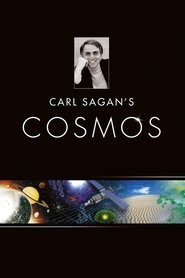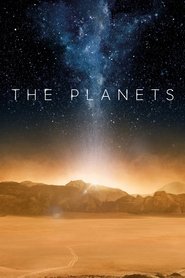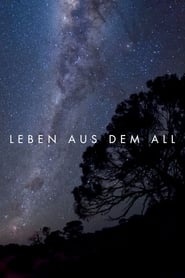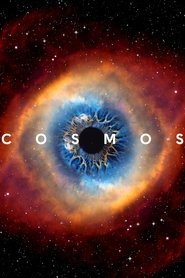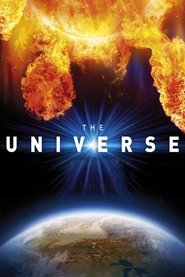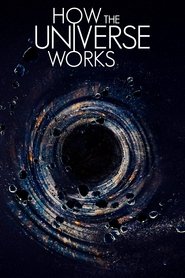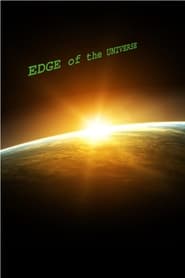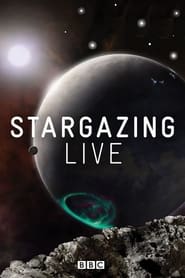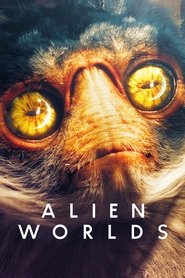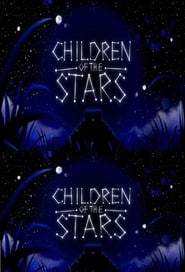Crash Course Astronomy - Season 1 Episode 35 Star Clusters
Last week we covered multiple star systems, but what if we added thousands or even millions of stars to the mix? A star cluster. There are different kinds of clusters, though. Open clusters contain hundreds or thousands of stars held together by gravity. They’re young, and evaporate over time, their stars let loose to roam space freely. Globular clusters, on the other hand, are larger, have hundreds of thousands of stars, and are more spherical. They’re very old, a significant fraction of the age of the Universe itself, and that means their stars have less heavy elements in them, are redder, and probably don’t have planets (though we’re not really sure).
Year: 2015
Genre: Documentary
Country:
Studio: YouTube
Director:
Cast: Phil Plait
Crew: Phil Plait (Writer)
First Air Date: Jan 15, 2015
Last Air date: Dec 24, 2015
Season: 1 Season
Episode: 46 Episode
Runtime: 12 minutes
IMDb: 8.00/10 by 1.00 users
Popularity: 4.7728
Language: English
Keyword : astronomy
Season
Season 1
Episode
Introduction to Astronomy
Naked Eye Observations
Cycles in the Sky
Moon Phases
Eclipses
Telescopes
The Gravity of the Situation
Tides
Introduction to the Solar System
The Sun
The Earth
The Moon
Mercury
Venus
Mars
Jupiter
Jupiter's Moons
Saturn
Uranus & Neptune
Asteroids
Comets
The Oort Cloud
Meteors
Light
Distances
Stars
Exoplanets
Brown Dwarfs
Low Mass Stars
White Dwarfs & Planetary Nebulae
High Mass Stars
Neutron Stars
Black Holes
Binary and Multiple Stars
Star Clusters
Nebulae
The Milky Way
Galaxies, Part 1
Galaxies, Part 2
Gamma-Ray Bursts
Dark Matter
The Big Bang, Cosmology Part 1
Dark Energy, Cosmology Part 2
A Brief History of the Universe
Deep Time
Everything, The Universe...And Life
